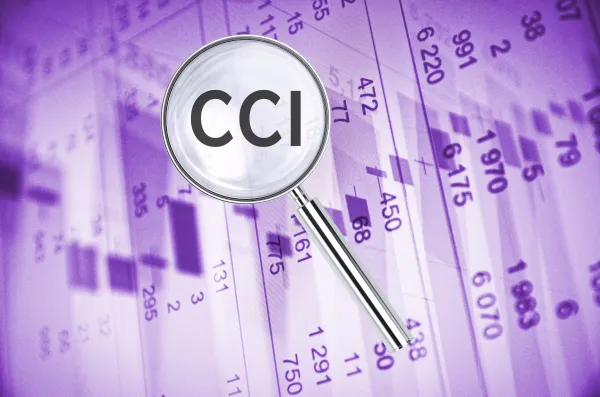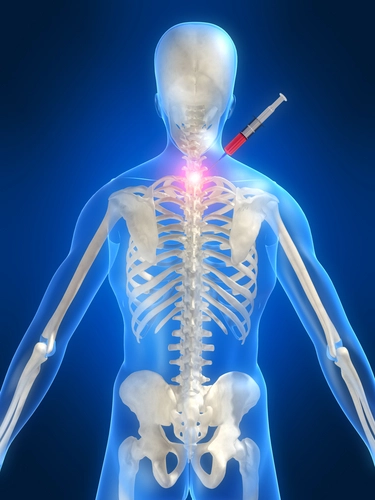Go Beyond 25 When You Need Another E/M Modifier
Global period questions dominate decisions on modifiers 24, 57. Every practice is familiar with modifier 25 (Significant, separately identifiable evaluation and management service by the same physician or other qualified health care professional on the same day of the procedure or other service)—it seems like every time your provider performs an evaluation and management (E/M) service along with a significant, separately identifiable procedure, you’re supposed to slap modifier 25 on the E/M code to secure payment. Not so fast: But that’s not always the case; depending on the situation, there are other E/M modifiers that you might need to employ to keep your coding compliant. In fact, when your physician performs a significant and separately identifiable E/M service that falls within a procedure’s 90-day global period — a major procedure — modifier 25 is not appropriate. To ensure that you don’t miss out on payment due to using the wrong modifiers, check out the following primer on the alternative modifiers. Modifier 24 Defined by Post-Op Period Sometimes, a physician examines a patient within the 90-day global period of a major procedure, but for a different problem. Although your providers won’t frequently perform surgeries with 90-day globals, it’s important to understand how to report these when they do arise. For instance, suppose the physician performs procedure that carries a 90-day global period. A month later, the same physician sees the patient for a problem completely unrelated to the previous surgery. That might be when you call on modifier 24 (Unrelated evaluation and management service by the same physician or other qualified health care professional during a postoperative period). When you report modifier 24, the E/M service must meet these criteria: Remember: Medicare and many other payers have very specific guidelines for what qualifies as “related” to the original procedure and what doesn’t. For instance, Medicare will always treat postoperative infections as related to (and therefore, included in the global surgical package of) the initial surgery — unless your provider must return the patient to the operating room (OR) to deal with an infection. Modifier 24 should only be used when the subsequent E/M service is unrelated to the original procedure. Append Modifier 57 With Same-Day E/Ms, Surgeries Occasionally, a physician wants to rush a patient into the OR as a result of an exam. When your physician decides to perform a minor procedure as a result of an E/M service, you append modifier 25. When it’s a major procedure the doctor performs the same or next day, you’ll call on modifier 57 (Decision for surgery). You should append modifier 57 to an E/M service that occurs on the same day, or on the day before, a major surgical procedure, and which results in the physician’s decision to perform the surgery. Guidelines from the Centers for Medicare & Medicaid Services (CMS) identify a major surgical procedure as any procedure with a 90-day global period. Note that the global period for a major surgical procedure begins one day prior to the procedure itself. Direct from the source: The Medicare Claims Processing Manual, Chapter 12, Section 30.6.6.C, instructs carriers to “pay for an evaluation and management service on the day of or on the day before a procedure with a 90-day global surgical period if the physician uses CPT® modifier 57 to indicate that the service resulted in the decision to perform the procedure.” Don’t look for a loophole: Scheduling pre-op services two or more days before surgery will not necessarily make the services payable without a modifier. Insurers may consider such services to be screening exams unless there is some specific indication, such as hypertension or diabetes. The documentation for these visits must substantiate medical necessity and not just a routine requirement of the physician or the hospital. To properly append modifier 57, remember that the E/M service must be related to the procedure that follows; and the same physician (or tax ID) must provide the E/M service and the surgical procedure.





